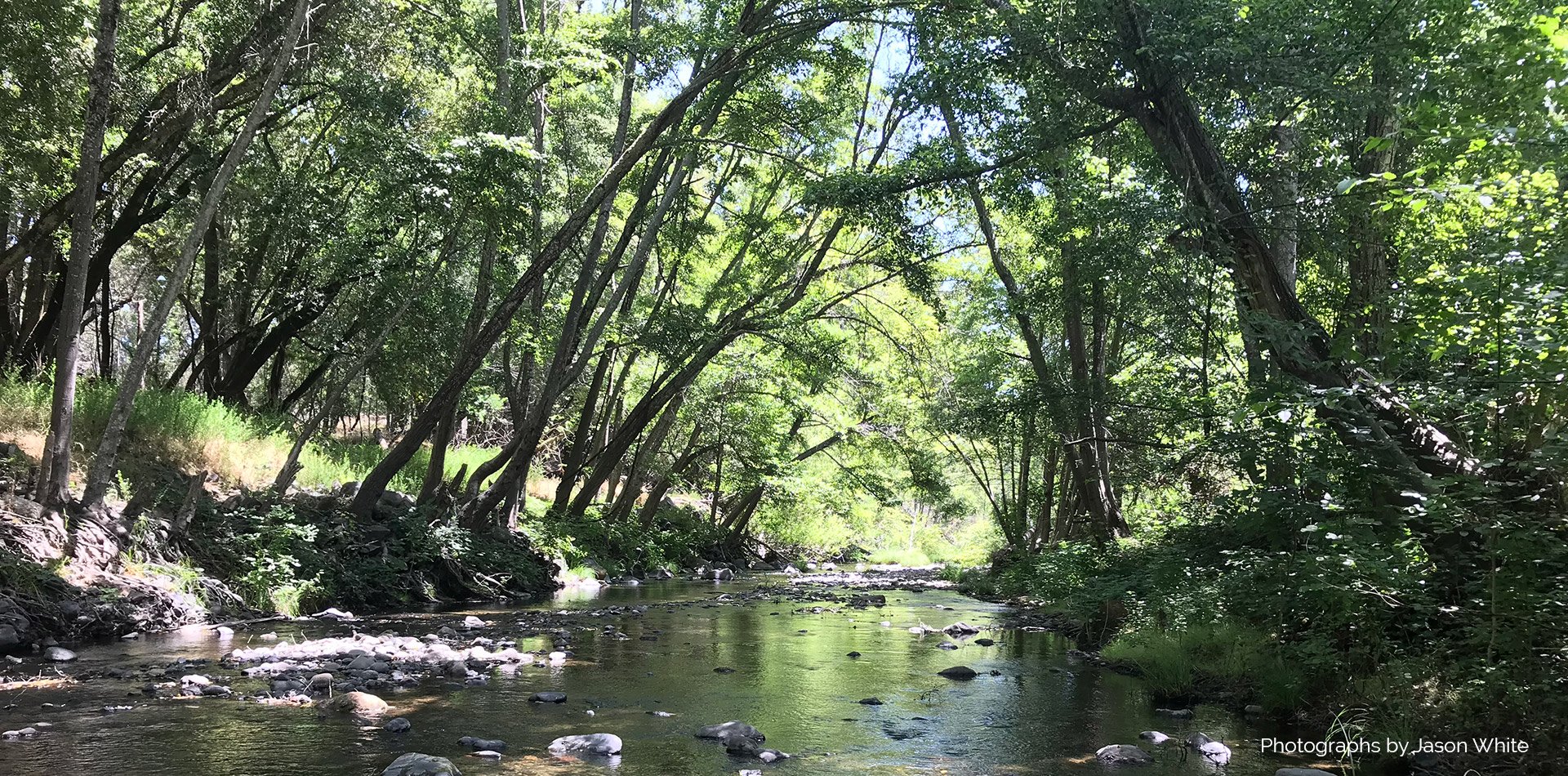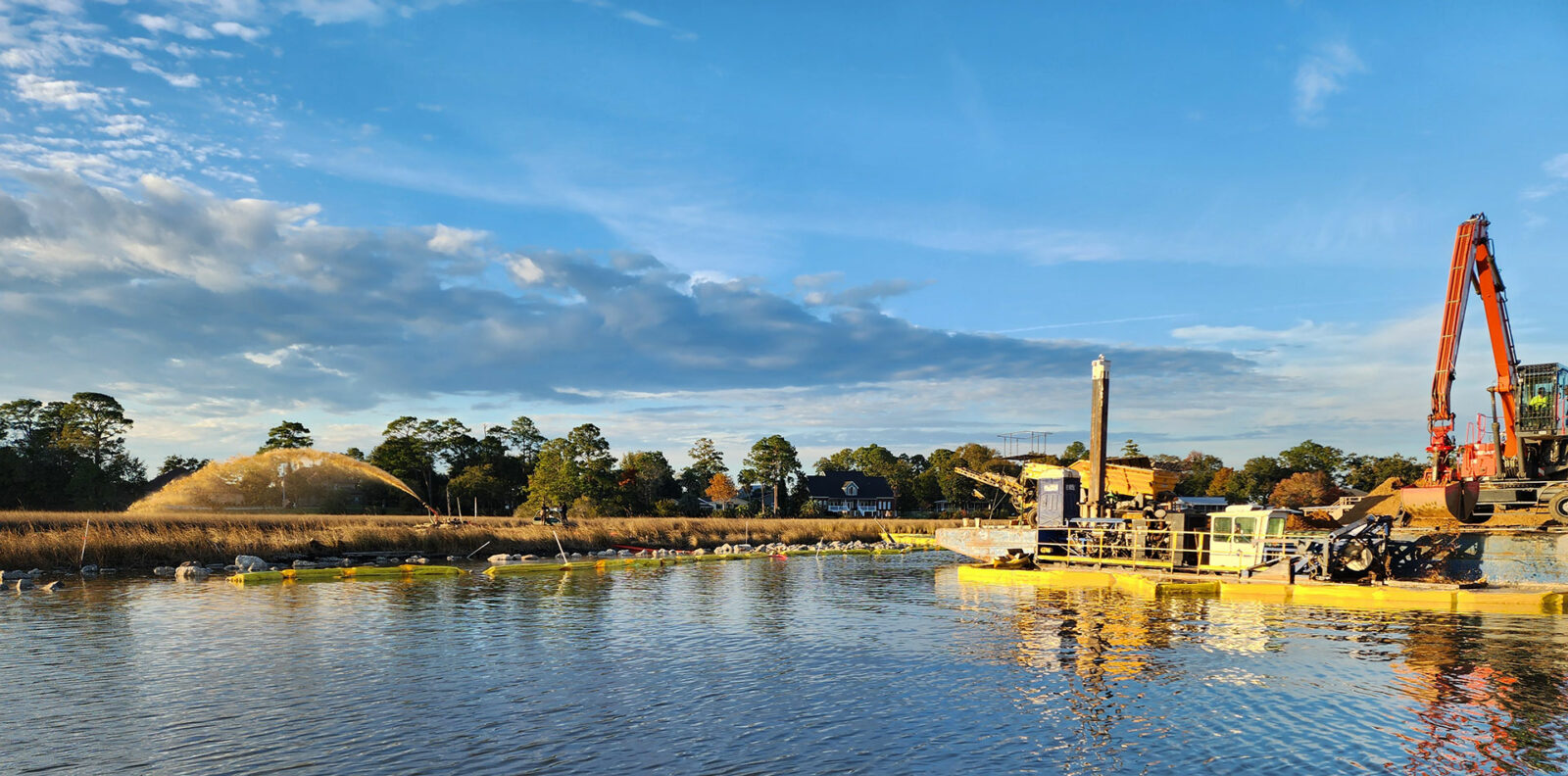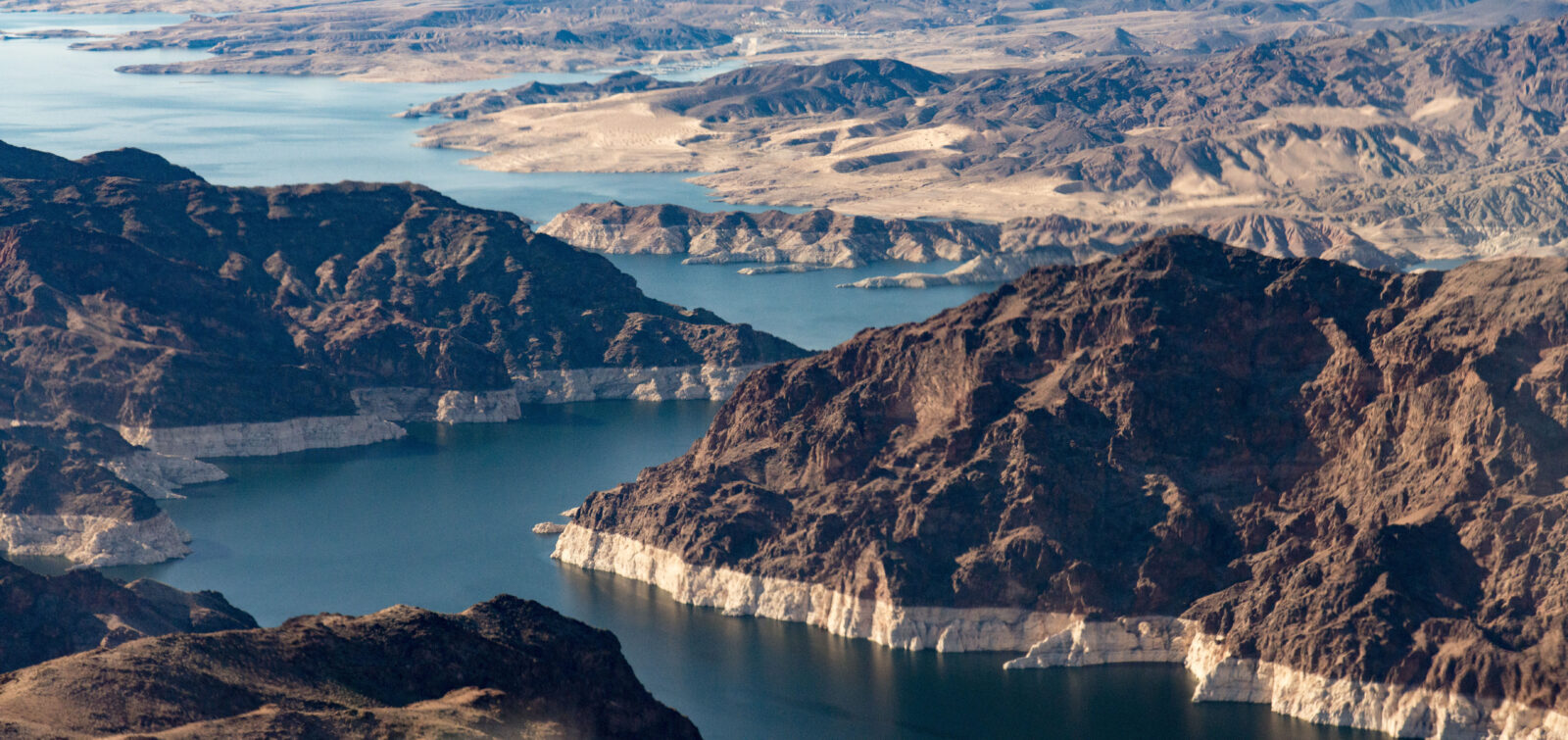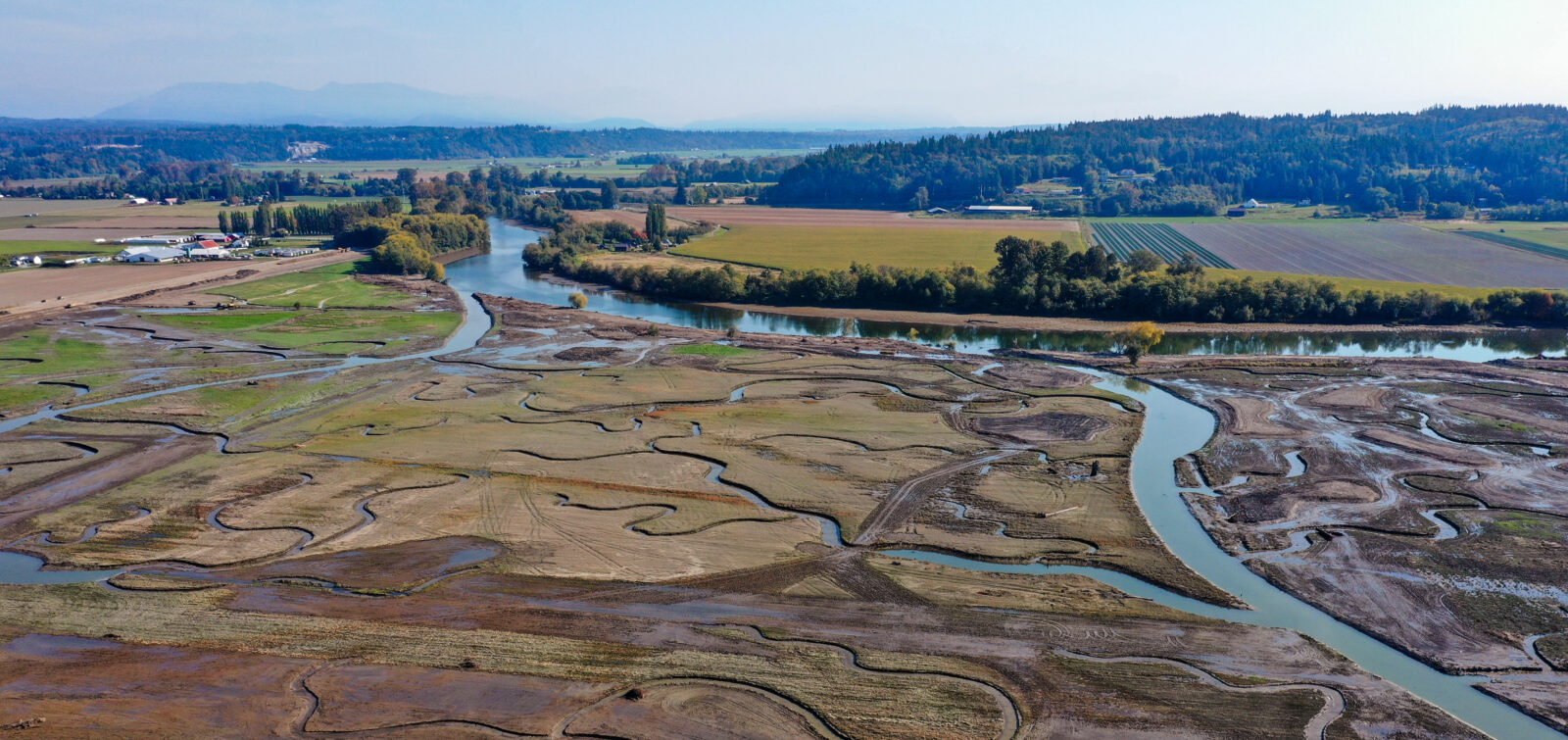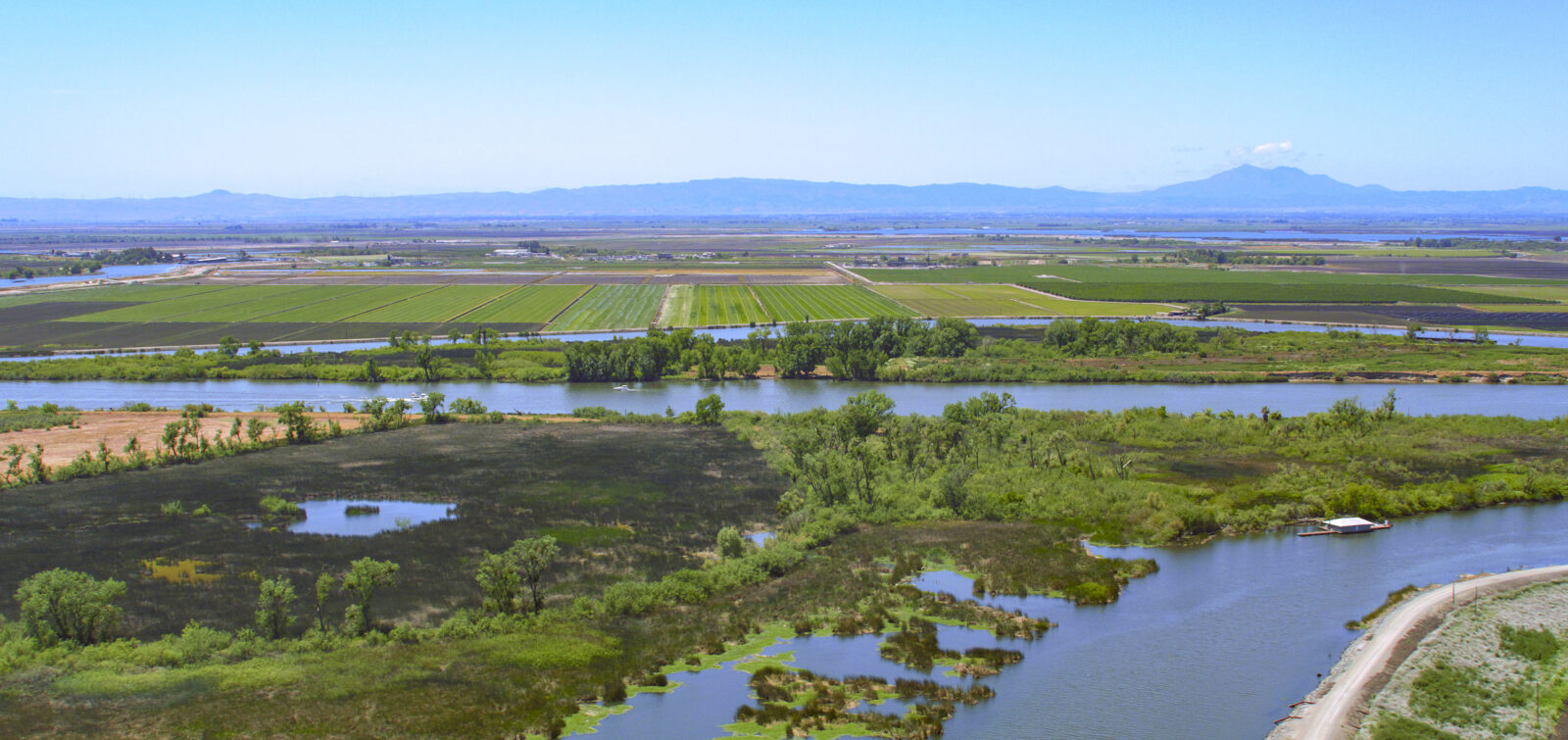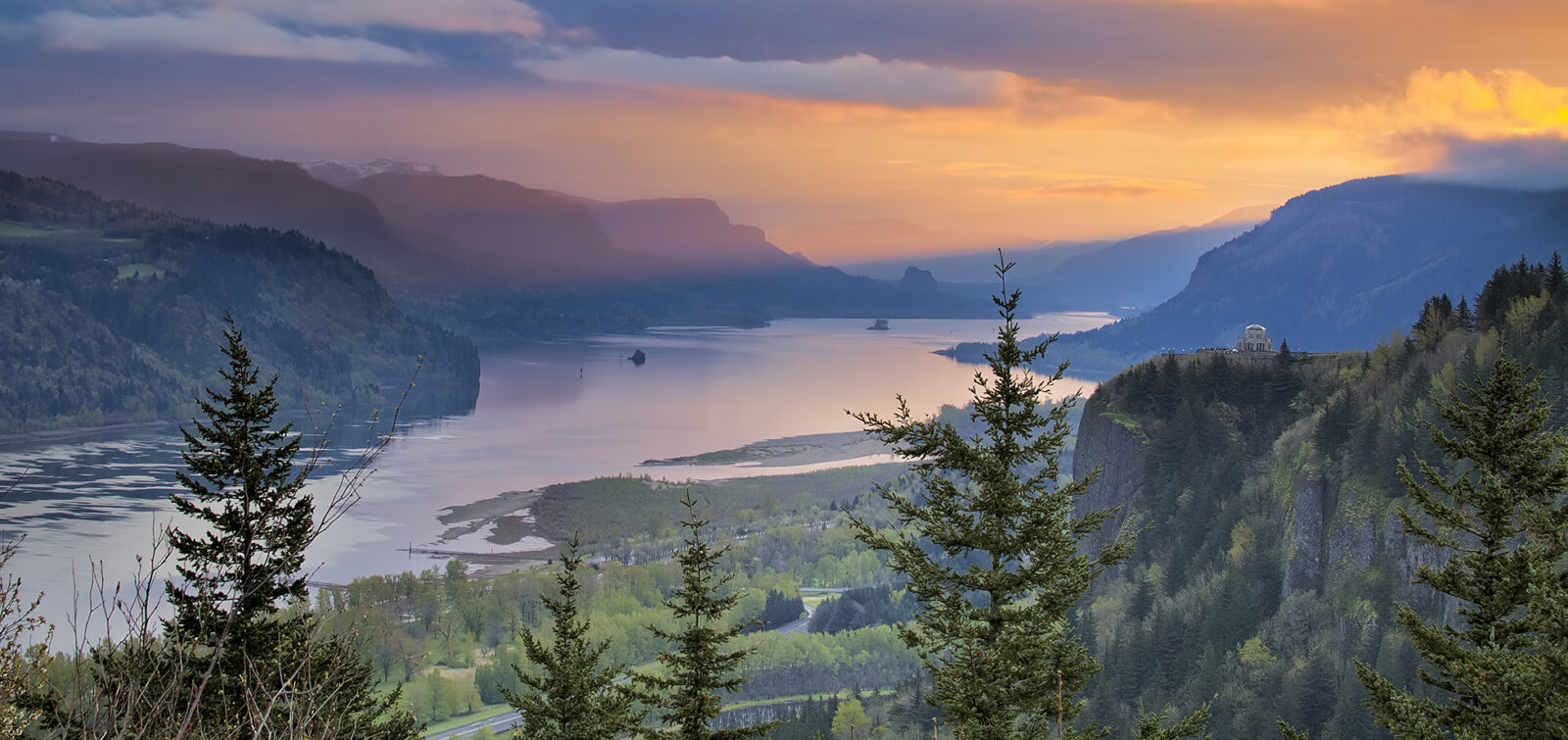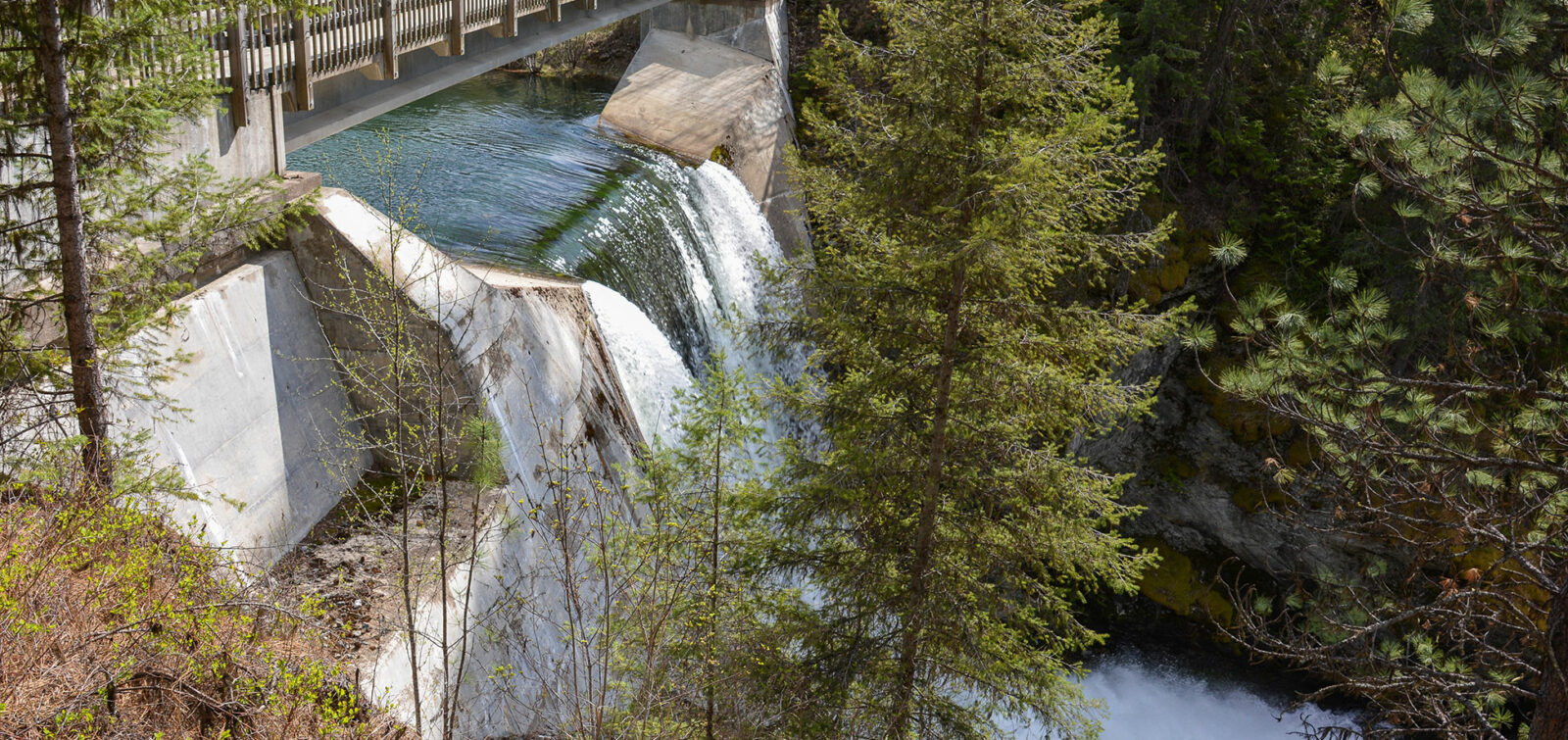Our creeks and wetlands form a complex and interconnected web, and their health is critical to fish and wildlife as well as the communities and properties they run through. Many of California’s lowland creeks were originally lined by riparian corridors and wetlands that acted as sponges, filtering and retaining water from the winter rains and slowly releasing it to the creeks over the summer where it supported fish and other species.
Farming and urbanization over the last 150 years have drained and dried up the majority of California’s wetlands, shrinking the filtration and storage benefits, and resulting in more erosive flows and flooding during the winter, while drying out stretches of creek during the summer. These processes have cumulatively contributed to declines in salmon and other aquatic species, as well as bank erosion and flooding to property – a situation that is imperative to address.
The good news is that through thorough planning, coordination, and implementation, restoration is possible, and we can see health restored over time. While the process may seem daunting, it’s helpful to think of the waterway in question as a patient. A holistic approach to diagnosis and treatment to address the underlying causes of the waterway’s health issues may take more time, but it will be infinitely more beneficial than “just putting band aids on symptoms.”
Case Study: Upper Sonoma Creek’s “Restoration Vision” for Success
Upper Sonoma Creek comprises 10 miles of creek between the towns of Kenwood and Glen Ellen in Northern California’s Sonoma County—a historically vibrant river corridor that once saw significant runs of salmonid. Unfortunately, erosion and excessive fine sediment have degraded the various fish and wildlife habitats over time, resulting in very small salmonid runs today.
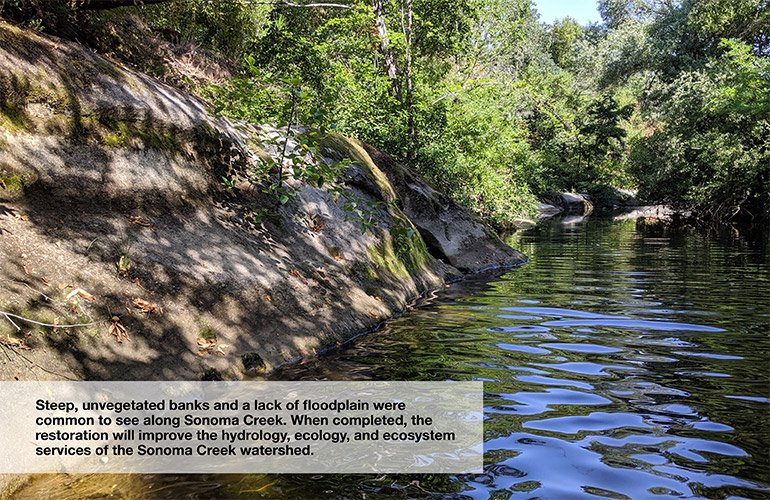
In 2018, ESA partnered with Sonoma Ecology Center (SEC) to execute the planning phase of what will be a multi-year project to protect and restore spawning and rearing habitat for salmonids along Upper Sonoma Creek.
As much of the creek runs through private property, we needed to articulate our findings in a way that responded to the landowners’ concerns and hopes for the creek, and that resonated with them and potential grant funders. ESA project manager Jason White was especially well placed to understand these issues, as his own house overlooks the creek—the study area is literally the backyard in which his children have grown up playing. ESA hydrologists Alicia Juang and Isaac Swanson took the lead in turning engineering design plans into a compelling, and highly readable takeaway.
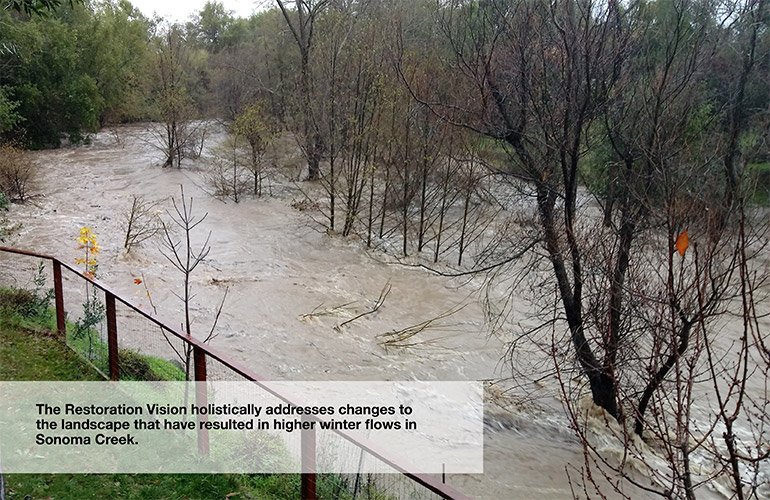
Our work with SEC to diagnose the “patient” resulted in this Restoration Vision displaying our research, study results, and initial design concepts for a series of restoration projects. This holistic approach will aid the project in achieving its primary goal: improving spawning conditions for adult steelhead. While this goal might seem narrow, steelhead are an “umbrella” species and restoring their habitat will in turn restore the habitats of interrelated species, getting to the root of the problem to return the creek to health.
Time and scope are not the only challenges that should be accounted for when embarking on a waterway restoration project. Even during the planning phase, it can be difficult to address the needs and concerns of all stakeholders involved. Upper Sonoma Creek’s Restoration Vision has already proven successful in engagement with landowners along the creek, providing a clear picture of the danger the creek could be in as well as how we can turn this around with the proposed actions.
Looking Ahead
Moving forward, the Restoration Vision identifies 13 potential restoration projects along the creek and mocks them up through conceptual design. This step not only was instrumental in showing landowners what the projects will look like but will also serve as a basis for estimating costs for implementation grants. Even further, 1 demonstration project was chosen among the 13 and has been taken through to 65 percent design, which meets the threshold for permitting applications.
Read the full Restoration Vision report, prepared for the Sonoma Ecology Center.

When all is said and done, it will likely be many winding years between the planning stages of a waterway restoration project and when shovels actually hit the ground to begin construction. It is well worth it to spend time upfront to create a thoroughly researched and visually striking plan that can be presented to landowners, funding agencies, permitting bodies, and more to set this project up for success.
If you would like to learn more about our river restoration services, please contact Andy Collison.
